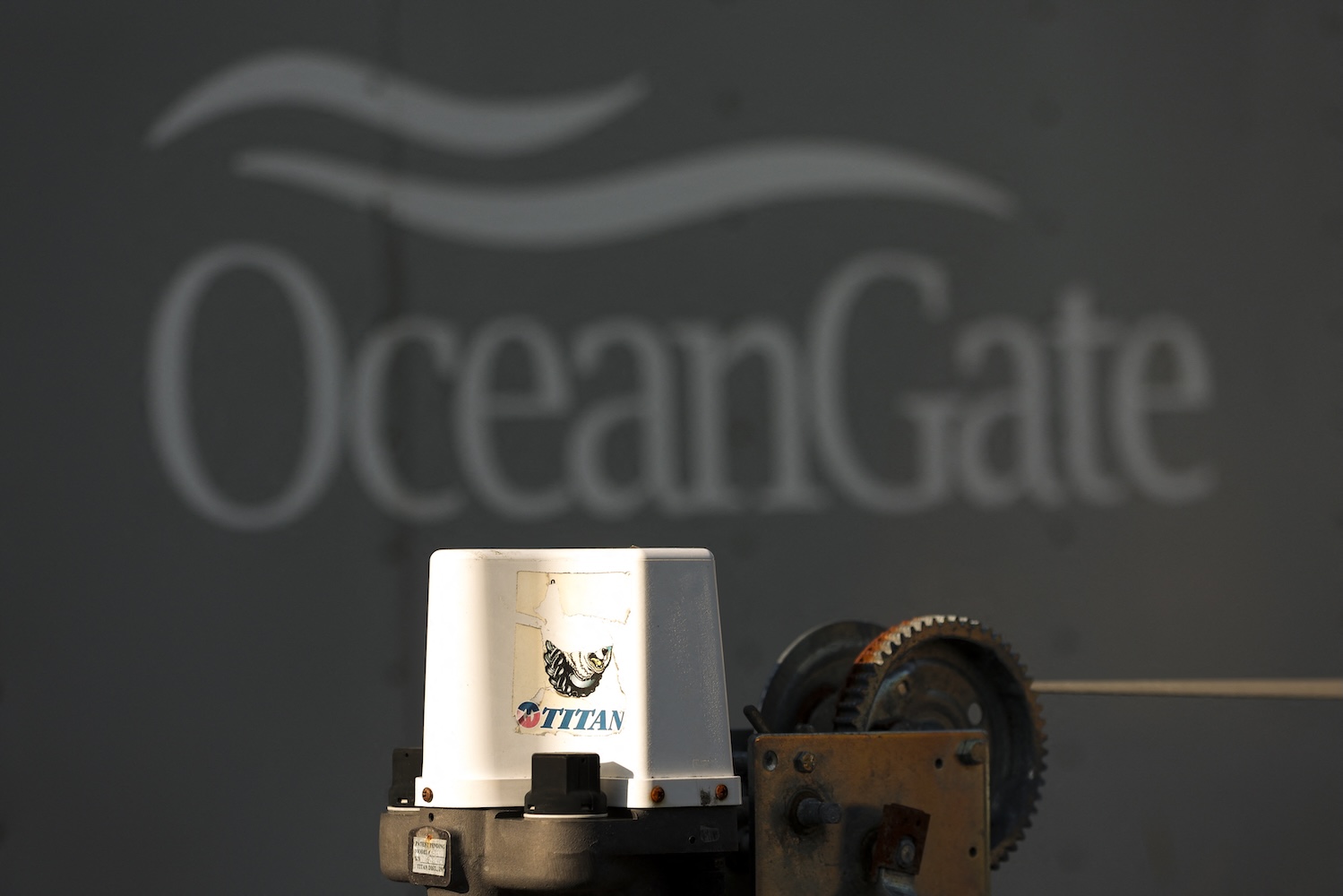The catastrophic implosion of OceanGate’s Titan submersible that claimed five lives in June 2023 was entirely preventable, according to a damning report released by the US Coast Guard Marine Board of Investigation. The 335-page document, published on August 5, 2025, details how OceanGate CEO Stockton Rush and his company deliberately sidestepped crucial safety protocols while creating a toxic workplace culture that silenced concerns from engineers and staff.
Investigators found that — despite numerous warning signs, including hull damage from previous dives and explicit safety alerts from whistleblowers — the company continued to send the flawed vessel to extreme depths. The submersible imploded approximately 90 minutes into its descent toward the Titanic wreckage. Fundamental design flaws and inadequate testing should have prevented it from ever carrying passengers into the crushing pressures of the deep ocean.
Coast Guard investigator Jason Neubauer didn’t mince words when presenting the findings: “This marine casualty and the loss of five lives was preventable,” USNI News reported.
A History Of Safety Violations
OceanGate’s approach to safety revealed a pattern of negligence that ultimately proved fatal. The investigation uncovered that the company operated Titan “completely outside of established deep-sea protocols” by exploiting regulatory confusion and using intimidation tactics to avoid scrutiny. Most alarmingly, the submersible continued operating after a July 2022 incident where Titan became stuck in the Titanic wreckage and suffered what investigators described as “irreversible” hull damage. This critical damage went unaddressed as the company pushed forward with additional dives.
Furthermore, the drive for profit overshadowed safety concerns as OceanGate faced mounting financial pressures. By 2023, the situation had become so dire that employees were asked to forgo their salaries, creating an environment where shortcuts became commonplace. This financial strain led to “a broader exodus of skilled personnel,” forcing the company to rely heavily on contractors who lacked proper training and experience for the 2023 expedition season. Former engineering directors confirmed to investigators that these financial pressures directly contributed to increased operational risks.
Rush’s leadership style emerges as perhaps the most damning element in the report. Witnesses described an increasingly frustrated CEO who, after multiple failed dive attempts in June 2023, declared: “I’m going to get a dive in, even if it kills me.” The tragic irony of this statement underscores what investigators called Rush’s “negligence” that led directly to the deaths of his passengers. Had Rush survived, the Coast Guard would have recommended criminal charges under “seaman’s manslaughter” statutes.
How Regulatory Failures Helped Doom The Titan Submersible
While OceanGate bears primary responsibility, the report also highlights how regulatory gaps enabled the disaster. The Occupational Safety and Health Administration failed to conduct a timely investigation into a 2018 whistleblower complaint that could have led to government intervention years before the fatal dive. This missed opportunity represents one of several system-wide failures that allowed an inherently unsafe vessel to continue operating despite clear warning signs.
The Coast Guard has since recommended sweeping regulatory changes to prevent future tragedies, including expanded federal oversight of submersibles and enhanced communication requirements for deep-sea operations. These measures come too late for the five souls lost to the pressures of the deep, victims of what investigators conclusively determined was not an accident, but the predictable result of negligence, greed, and regulatory failure.





